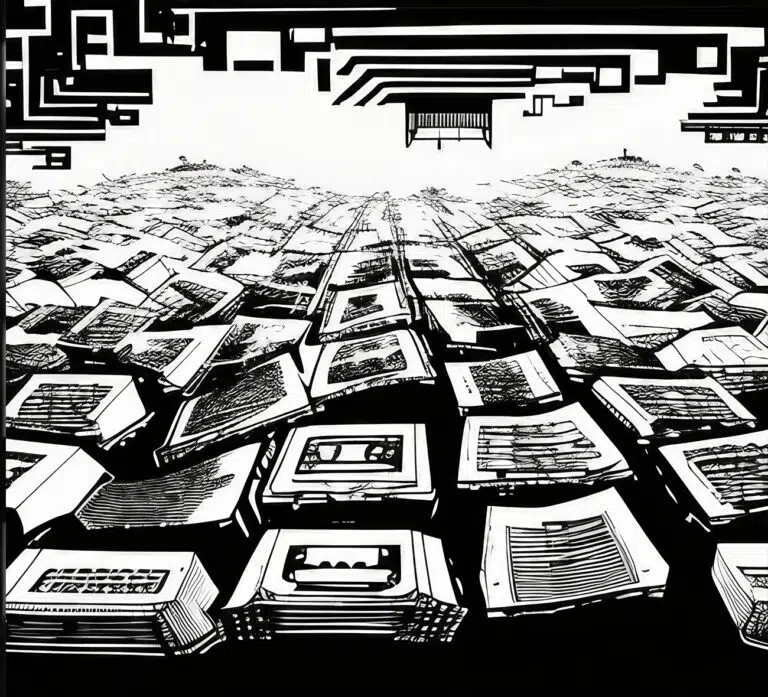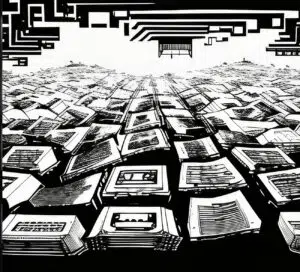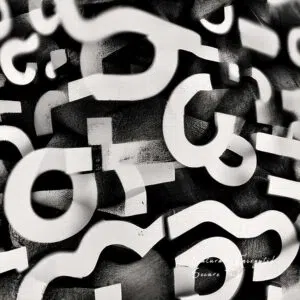The goal of Web3 is to democratize the internet for a truly decentralized, user-controlled Internet. It’s an initiative for the people, by the people. In other words, users will be responsible for building, maintaining, and governing Web3. And to ensure that everyone can fairly contribute to Web3, various organizations have popped up to standardize it and fund teams working on various projects. Let’s look at a few of them to learn how to contribute to the growth of the Web3 ecosystem, and where NEST® fits in.
Web3 Foundation
The Web3 Foundation is an organization that funds cutting-edge research and development projects that’ll help make the decentralized web a reality. The organization has funded more than 300 projects through its grant program over the past 4 years. Most of its grant recipients have been projects that contributed to low-level infrastructure development like wallets and software that enable developers to build modules that’ll help them develop applications on Web3. Also, the Web3 foundation itself has developed a tech stack called Polkadot, so if you’ve got a strong technical project built on their stack, you’ve got a higher chance of winning their grant.
The Ethereum Foundation
Ethereum lets you send crypto to anyone for a small fee and helps you build DApps that no one can take down. However, the system’s biggest drawback is its time to process transactions and its high fees. So, Ethereum launched a foundation to support the development of Ethereum and related technologies. The Grants program provides financial support to projects, while the overall Ecosystem program offers non-financial support to developers wanting to build projects on Ethereum. In 2021, Ethereum awarded $26.9 million to 136 projects focused on research, infrastructure, community building, and developer tools.
The Graph Foundation
The Graph is an organization that builds indexing protocols to help developers build and publish open APIs called subgraphs. These subgraphs will help applications on Web3 communicate with each other, making DApps accessible to users. The organization was built on the vision of removing proprietorship from indexing servers and building a truly decentralized global economy where everyone can contribute to it equally. So, they launched the Graph foundation to allocate grants to projects that help develop the Graph ecosystem.
Since the foundations launched a year ago, they’ve sanctioned more than $12 million in funding and allocated $60 million and $48 million to Semiotic AI and The Guild to onboard them into their ecosystem. So, if you’re interested in building protocol infrastructure, contributing to community building, and developing DApps and Subgraphs on the Graph ecosystem, apply for the Graph Grant. The list of organizations mentioned here isn’t an exhaustive one. Developers can check out other organizations like the Web3 Foundation to contribute to the Web3 ecosystem.
- Bitcoin Human Rights Foundation
- Solana Foundation
- Binance X Fellowship
- Chainlink Community Grants Program
- Stacks Foundation
The new Web3 economy incentivizes contribution, so many projects and innovations are springing up thanks to these Web3 organizations. But all the community building and contributions aside, there’s an important promise that Web3 vows to fulfill apart from decentralization, i.e., security and privacy. To ensure that all Web3 projects are completely secure and protect the anonymity of their users, they’ve to meet stringent standards that the W3C and Decentralized Identity Foundation (DIF).
W3C Standards
W3C is an organization that develops specifications and guidelines that help developers build secure applications with rich interactive experiences. With the introduction of self-sovereign identities, which allow users to self-manage their digital identities, the organization has also laid down protocols for Decentralized Identifiers (DIDs). DIDs are identifiers that verify decentralized digital identities. Unlike typical Web2 identifiers, which require centralized registers, DIDs are decoupled from them. In terms of privacy, this means DIDs will enable us to create secure peer-to-peer (P2P) networks, and intermediaries like Facebook can’t snoop into our private conversations.
The W3C has laid down the following considerations for creating DIDs to ensure that all applications are truly secure. Architectural considerations: The DID architecture gives a basic overview of how the components making it up should interact with each other. Security considerations: All DIDs should conform to threat models set by the IETF, so the W3C has a set of considerations developers should follow before deploying the product in a technical setting. Privacy considerations: The W3C lists seven privacy principles that every developer should apply to create an application that guarantees privacy to its user.
Decentralized Identity Foundation (DIF)
The Decentralized Identity Foundation (DIF) is an engineering-driven organization that helps lay down standards and specifications for a decentralized ecosystem and enables interoperability between its participants. Here are some working groups the organization has:
- Identifiers and discovery: DIF members are actively working on protocols and implementations to help identify people without a centralized system identifier like email addresses.
- DID Authentication: This group works on developing cryptographic protocols that can be used to identify and authorize documents. As a result, authorities will be able to verify your credentials by verifying the authenticity of the organization that issued them.
- Claims and Credentials: Since Web3 lacks a centralized hierarchy, DIF has recently begun working on protocols that’ll establish trust among entities in a blockchain system. This means you’ll be able to make transactions anonymously with trusted parties.
- Wallet Security: Specifies security capabilities for wallet-to-wallet and wallet-to-issuer/specifier protocols. It includes key management, storage, backup, recovery, and portability of wallets.
NEST® Wallets Exceed DIF Standards
NEST®, the world’s first digital blockchain identity solution, is a DIF associate and adheres to all its protocols to create a decentralized system. It integrates with your digital life and stores all your online content and messages securely in your digital wallet while helping you remain anonymous.
Also, it helps you show proof of ownership, an important feature that other Web3 wallets lack today. NEST® does this by generating a unique Self-Sovereign Identity (SSDID) which verifies the authority who authenticated your identity instead of verifying your identity. Think of it as your identity being kept in a briefcase. Instead of opening the briefcase to verify your identity, the authorities will verify the authenticity of the briefcase.
Since the briefcase can only be given by certain trusted bodies, the authorities will conclude that the information in the briefcase is authentic without seeing what’s inside. Each NFT you own will have a unique SSDID stamped on it, so you can prove ownership over your asset. The best part is that NEST® does this at scale as it’s built on a proprietary layer-one Ethereum blockchain that offers the speed and scalability Ethereum lacks at the moment. NEST® exceeds DIF standards as it allows you to own your digital content and show proof of ownership without compromising your anonymity online.
Wrapping Up
Building Web3 is a joint effort by its users, so many organizations are popping up to ensure its standardization and development. While organizations like the Web3 foundation fund Web3 projects, bodies like W3C and DIF set standards for developing applications. NEST® is a DIF associate, and its proprietary layer-one blockchain and first-of-its-kind protocols allow users to create Self-Sovereign Distributed identities (SSDID) and stay truly anonymous while having control of their data and content. If you’re ready to join the Web3 revolution with next-gen, confidential digital asset management and real-world ownership control, sign up for our waitlist here, or follow NEST® on Twitter, Telegram, and Medium.






